Hotbin Composter
In the summer of 2016 we invested in a MK1 Hotbin Composter for the garden from hotbincomposting.com. It’s a pretty small urban garden in three parts: a backyard with the bins and some plant pots; a thin strip of garden along the side of the house next to the road with shrubs and herbs; and a small lawn with a hedge at the front. The soil quality was pretty dire when we moved in, mainly dry compacted builders dirt. Not great for plants at all, though the rosemary and lavender managed to survive.
We had been buying in bags of compost to grow vegetables in pots in the backyard for a couple of years. At the end of the season we put the depleted compost onto the garden. So very slowly we were improving the soil quality. But the bags of compost weren’t cheap, and the quality of the compost in the bags was degrading over the years too.
At the same time, we were removing nutrients from the garden ecosystem in the form of dead plants, weeds, grass cuttings, and prunings. This was all leaving in the garden waste collection. So on the one hand we were buying nutrients in the bags of compost, and then on the other hand effectively throwing it straight back out in the bin.
We wanted to be able to keep this in the garden’s ecosystem by composting it, but most home compost tubs that are available are those massive Dalek-things with a sizeable footprint and slow composting process. They can take a couple of years to fully break down the garden waste, so at the rate we produce the material we’d probably need two daleks. This wasn’t really a viable option for our small backyard. It was then that we saw the new Hotbins - with the same footprint as a standard wheelie bin, and because of their insulation they can break the garden waste down to good compost in only a few months! Perfect for our little garden.
Compact Footprint
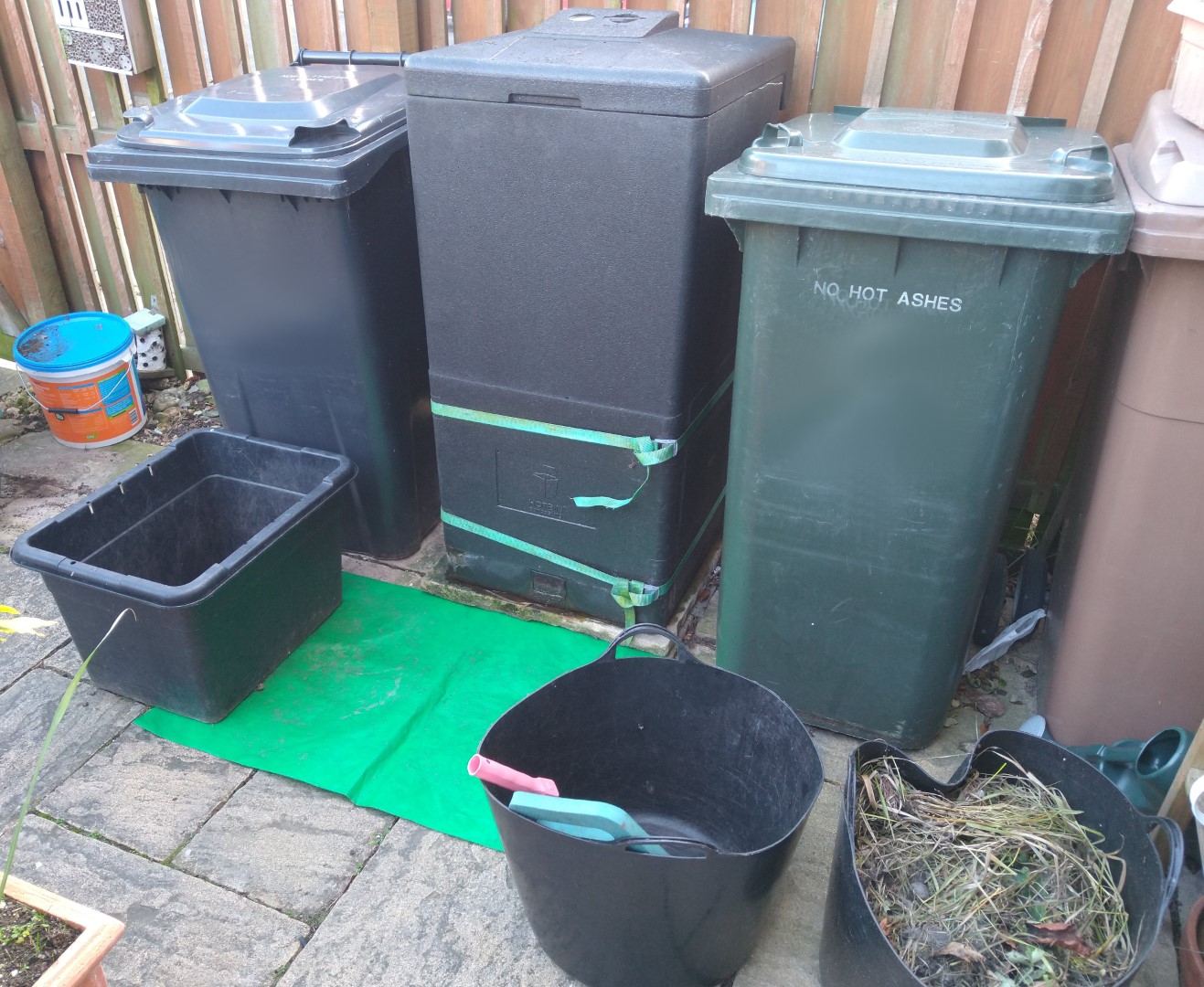
After 6 years of use, we’ve seen some great results. Firstly, the rate at which we fill it nicely matches the speed at which the compost is produced. The quality of the compost is a great blend of crumb and woody structural material. For pots we can sieve it and use just the crumb. And for the garden, the woody structural material provides fodder for the soil fauna to take down into the soil.
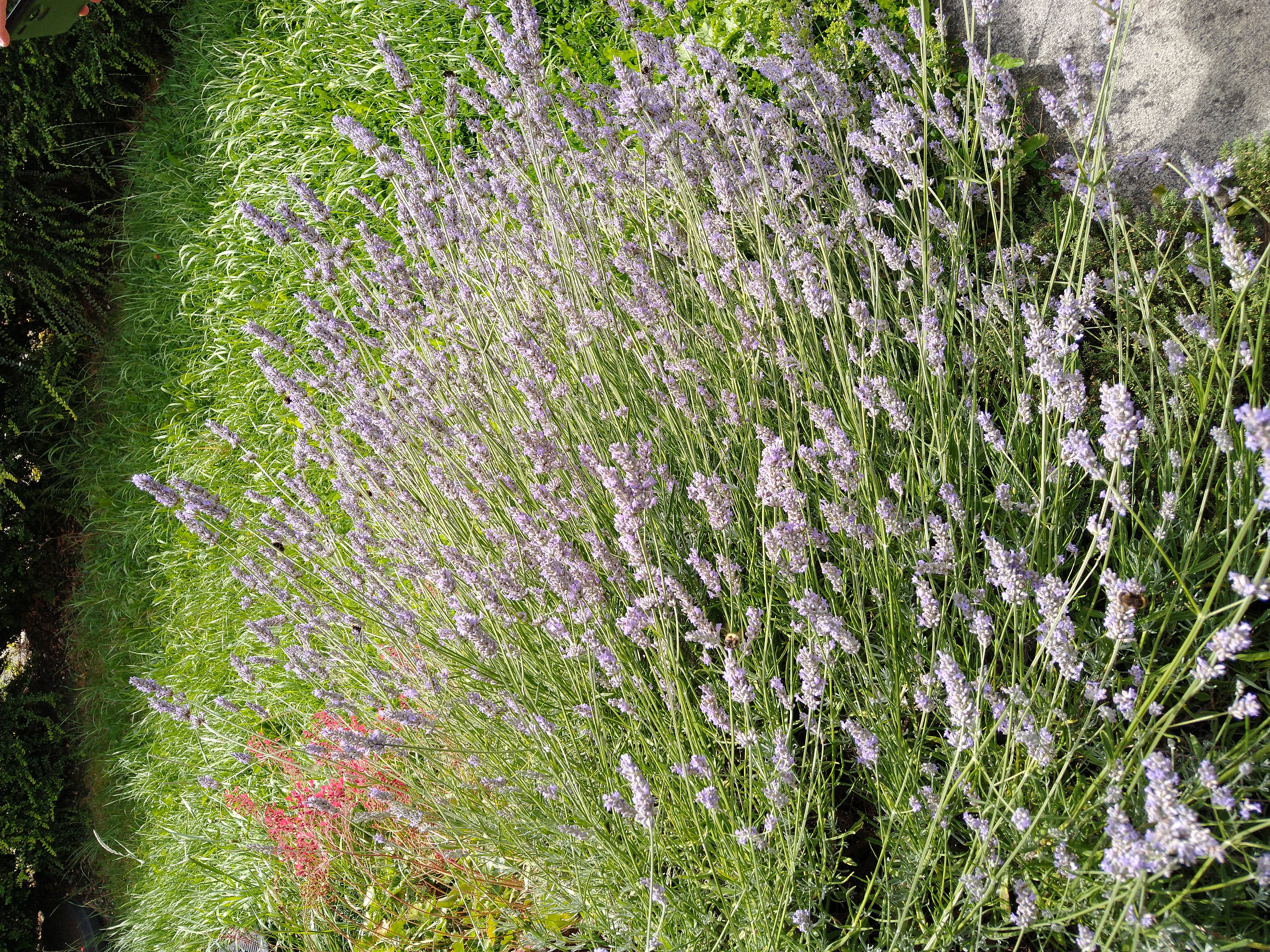
The improvement in the garden soil quality means better drainage, more nutrients for the plants, and more habitat for insects and worms. Which in turn leads to larger wildlife such as visiting birds and even frogs. The improved conditions have led to healthier flowering plants, which is great for the bees, hover flies, bee flies, wasps, moths, and butterflies.
Compost in 2017
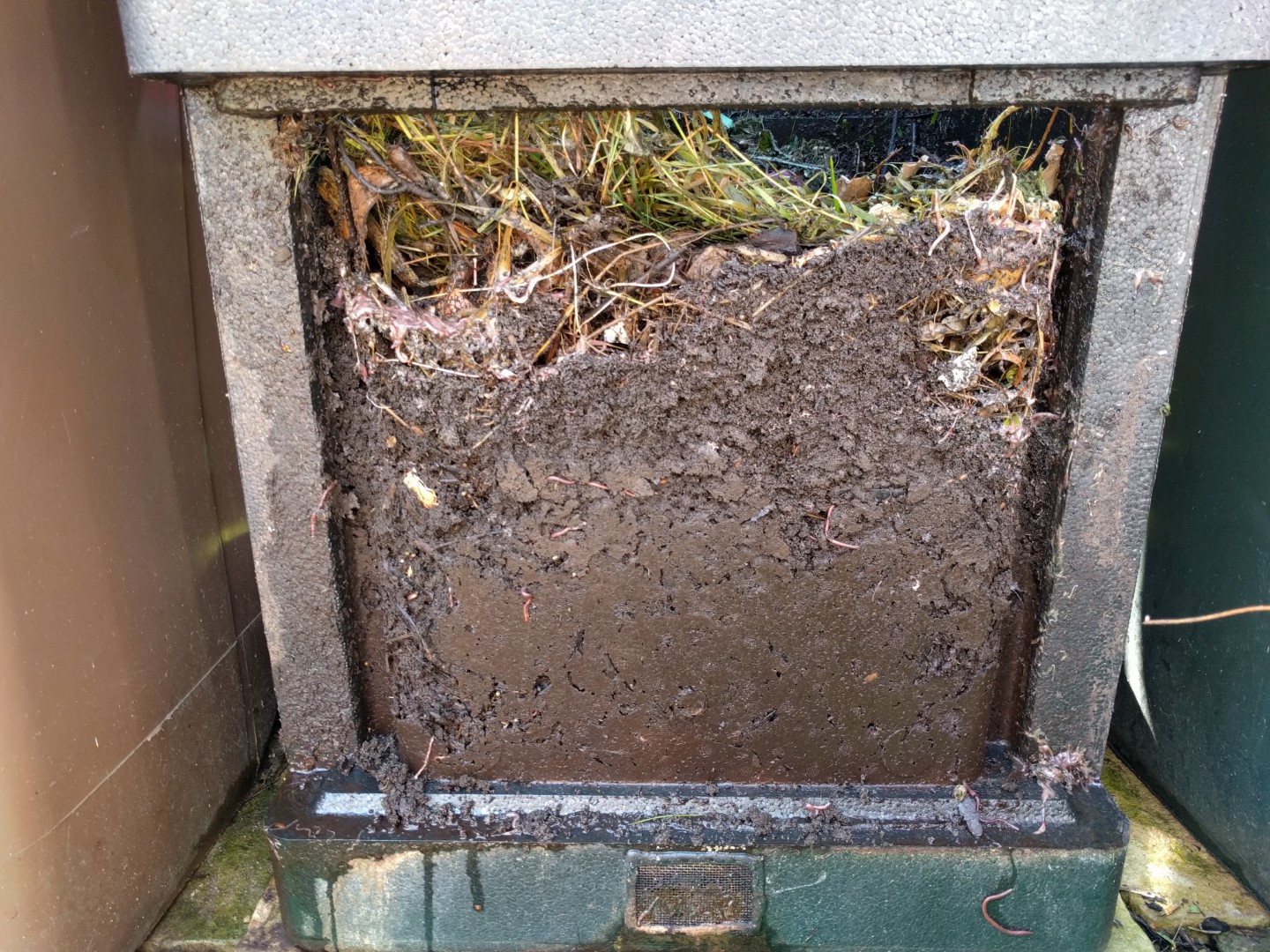 |
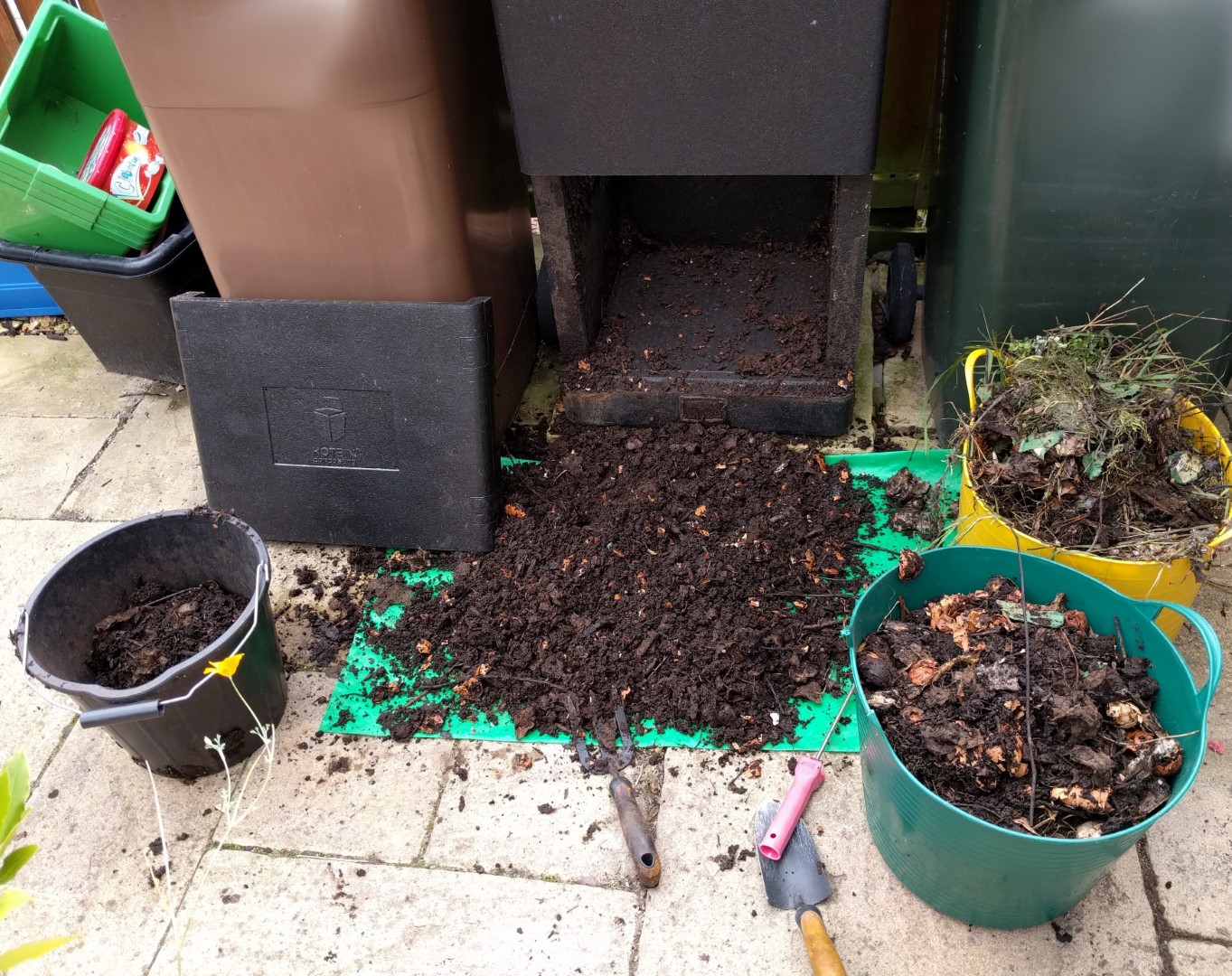 |
Compost in 2022
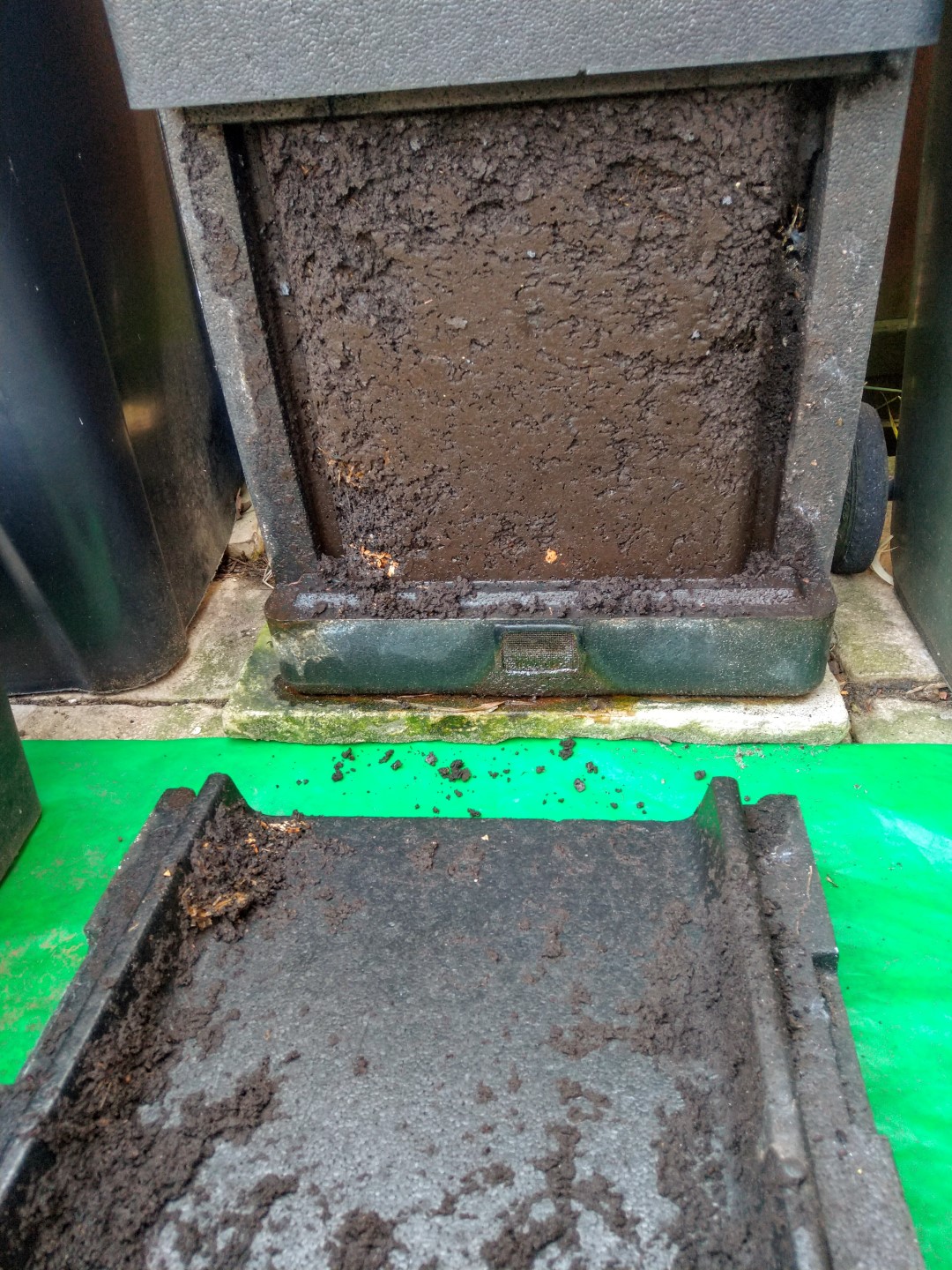 |
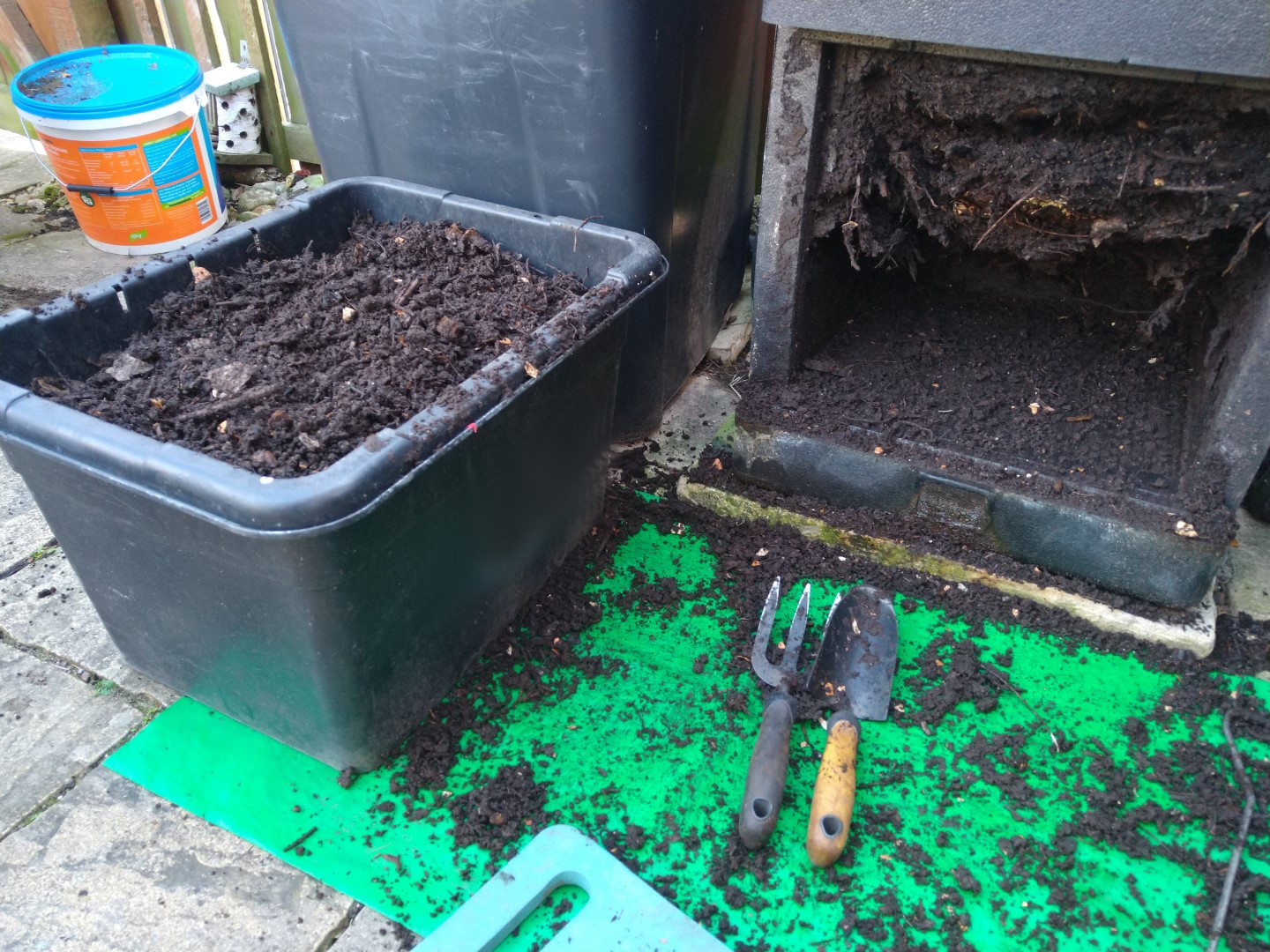 |
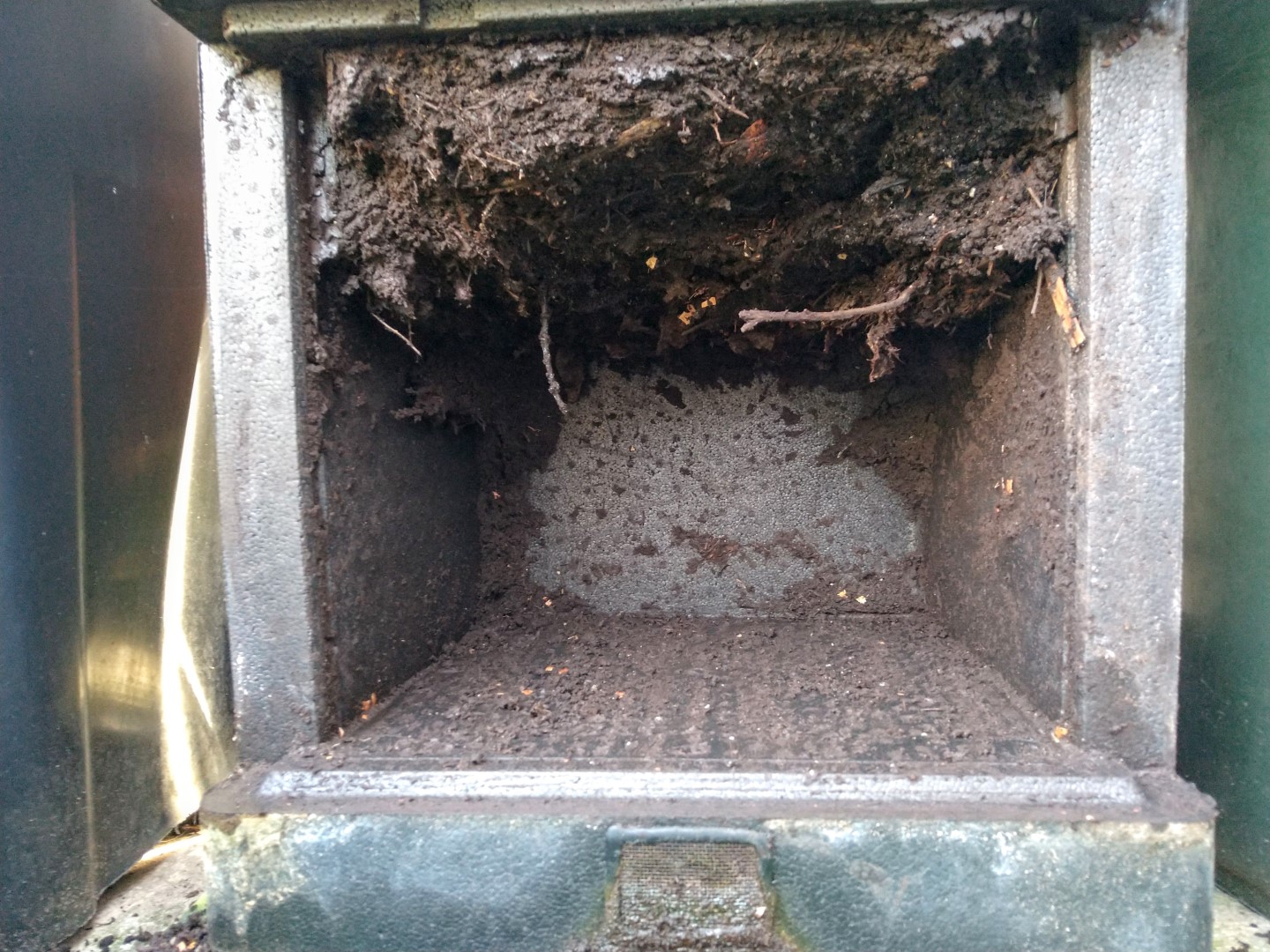 |
Recommended
I would say over the last 6 years the soil quality has massively improved. The vegetables in the pots have done brilliantly. And it must have saved us a small fortune from not having to buy bags of compost.